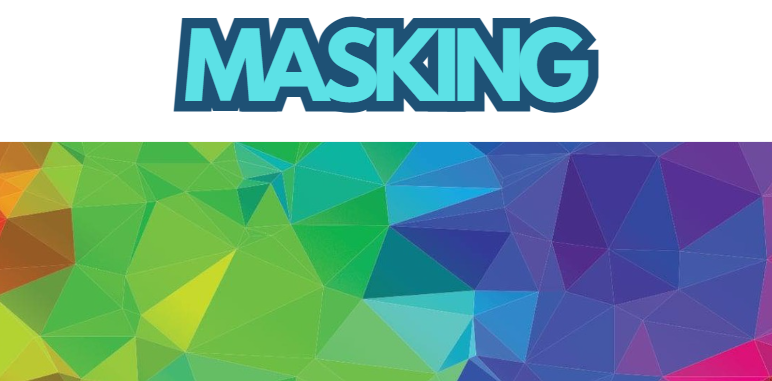“Just put on a happy face.”
That’s what my mom told me before a childhood dance recital. I didn’t realize it then, but that moment sparked a lifelong habit: masking.
For neurodivergent individuals, masking means suppressing authentic behaviors to fit in. It’s not just about hiding emotions—it’s about hiding yourself. And while it might help you avoid judgment, the cost is steep.
What Is Masking?
Masking in ADHD and autism involves mimicking neurotypical behavior to avoid conflict, rejection, or stigma. It often starts in childhood and becomes second nature—especially for late-diagnosed or self-diagnosed individuals who learned early that being themselves wasn’t safe.
Why Do We Mask?
We mask to survive. To connect. To protect. I learned to hide in emotionally volatile environments, then carried that survival skill into classrooms, boardrooms, and relationships. My “teaching persona” was confident and composed. Inside? I was exhausted and disconnected from who I really was.
The Emotional Cost of Masking
Masking burns through emotional and physical energy. It leads to burnout and blurs the line between competence and collapse. For years, I pushed through grading, deadlines, and endless meetings. Every winter break, I got sick. Only after my ADHD diagnosis did I realize masking was a major contributor to my chronic burnout.
Unmasking Is a Process
I used to think I didn’t mask. But looking back, I see how much of my identity was performative. The more I unmasked, the more I realized I barely knew my true self.
Everyone’s masking experience is different—some people do it consciously, others don’t even realize it’s happening. Either way, it’s exhausting.
What Happens When We Stop Masking?
Unmasking doesn’t mean oversharing or abandoning all filters. It means reclaiming your energy, your voice, and your needs. It’s about finding spaces where you can show up fully and be met with understanding—not performance.
It’s also messy. Sometimes the mask slips back on. That’s okay.
Key Takeaways:
- Masking ADHD and autism means hiding core traits to appear neurotypical.
- Many mask for acceptance or safety, especially in unaccommodating environments.
- Long-term masking leads to emotional burnout and identity loss.
- Unmasking is a gradual process that requires safety, support, and self-empathy.
References
- Cook, J., Hull, L., Crane, L., & Mandy, W. (2018). “Camouflaging in autism: A systematic review.” Clinical Psychology Review, 64, 22-36. Link
- Godfrey-Harris, M., & Shaw, S. C. K. (2023). “The Experiences of Medical Students with ADHD: A Phenomenological Study.” PLOS ONE, 18(8), e0290513. Link
- Huang, Y., et al. (2024). “Relationship Among Social Support, Internalized Stigma, & Work-Related Quality of Life in Women With ADHD.” The American Journal of Occupational Therapy, 78(Supplement_2), 7811500216p1. Link
- Hull, L., Mandy, W., & Petrides, K. V. (2017). “Behavioural and cognitive sex/gender differences in autism spectrum condition and typically developing males and females.” Autism, 21(6), 706-727. Link
- Livingston, L. A., Colvert, E., Bolton, P., & Happé, F. (2019). “Good social skills despite poor theory of mind: Exploring compensation in autism spectrum disorder.” Journal of Child Psychology and Psychiatry, 60(1), 102-110. Link
- Young, S., et al. (2020). “Females with ADHD: An Expert Consensus Statement Taking a Lifespan Approach Providing Guidance for the Identification and Treatment of Attention-Deficit/Hyperactivity Disorder in Girls and Women.” BMC Psychiatry, 20, Article 404. Link

